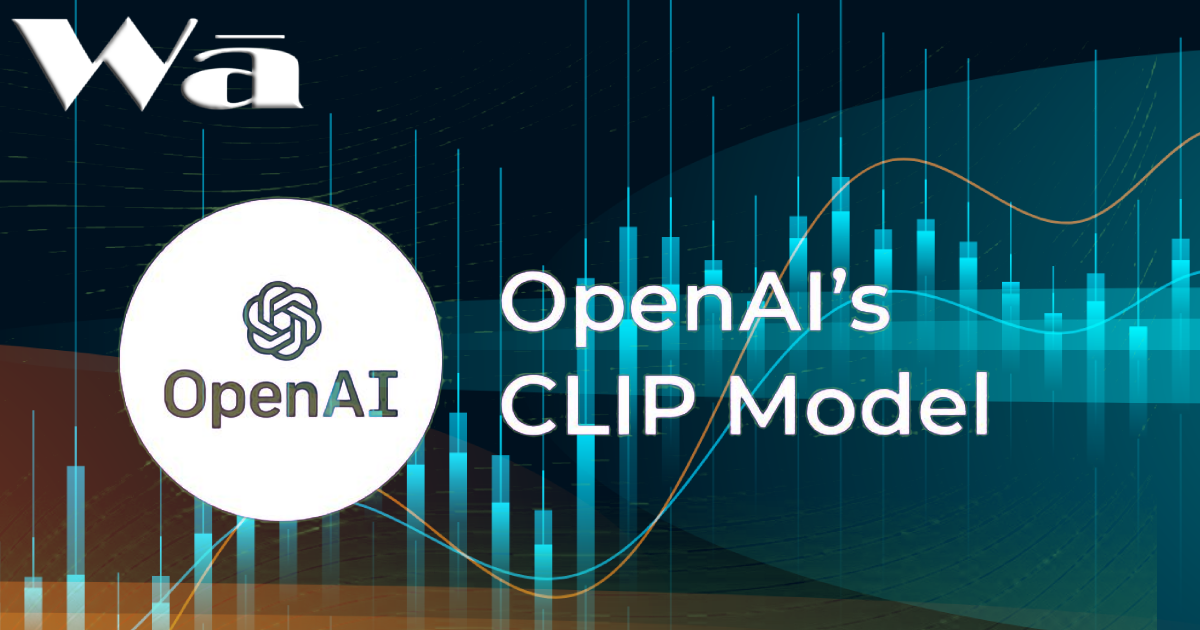Introduction to CLIP
In the ever-evolving landscape of artificial intelligence, CLIP (Contrastive Language-Image Pre-training) emerges as a neural network model with the unique ability to establish connections between images and text descriptions. Developed collaboratively by OpenAI and the University of California, Berkeley, CLIP’s capabilities lie in its potential to seamlessly bridge the gap between two distinct modes of information representation.
The Underlying Mechanism
At the core of CLIP’s functionality lies the symbiotic training of two neural networks: the image encoder and the text encoder. The image encoder processes images and generates corresponding vector representations, while the text encoder performs the same operation for text descriptions. These vector representations form the foundation upon which CLIP’s remarkable matching capabilities are built.
Synchronicity through Contrastive Loss
The convergence of the image and text encoders is facilitated by a contrastive loss function—a pivotal element in CLIP’s training paradigm. This function guides the model by rewarding accurate predictions of vector correspondence for matching pairs and penalizing discrepancies for mismatched pairs. This synergy fuels CLIP’s ability to align visual and textual representations effectively.
A Multitude of Applications
CLIP’s versatility is showcased through its application across various domains, including:
- Image Retrieval: By inputting a textual description, CLIP can discern and retrieve the most relevant images from a database.
- Visual Question Answering: When presented with an image-related question, CLIP can furnish accurate responses.
- Image Captioning: Armed with an image, CLIP can articulate a descriptive textual rendition.
- Text-to-Image Synthesis: Given a textual depiction, CLIP can translate it into a corresponding image.
Unlocking Potential through Development
Though still in the developmental stage, CLIP holds the promise of revolutionizing human-computer interactions. Through its unique ability to amalgamate language and vision, CLIP can simplify information retrieval, amplify comprehension of the surrounding world, and facilitate innovative creations.
Benefits of Embracing CLIP
- Versatility: CLIP finds utility across diverse tasks such as image retrieval, visual question answering, image captioning, and text-to-image synthesis.
- Efficiency: CLIP excels in accurately matching images with text descriptions.
- Transformative Potential: Despite being a work in progress, CLIP possesses the capacity to reshape human-computer interactions.
Navigating Limitations
- Data Demands: Training CLIP necessitates a substantial dataset of image-text pairs.
- Computational Demands: The training and utilization of CLIP can be computationally intensive.
- Accuracy Considerations: CLIP’s accuracy might be compromised with misaligned images or text.
In Conclusion
CLIP, as a dynamic neural network model, exemplifies the power of contrastive learning in uniting textual and visual realms. While poised on the brink of a transformative era in human-computer interactions, CLIP’s journey is still unfolding, promising innovative breakthroughs that can reshape the way we perceive and engage with the digital realm.

